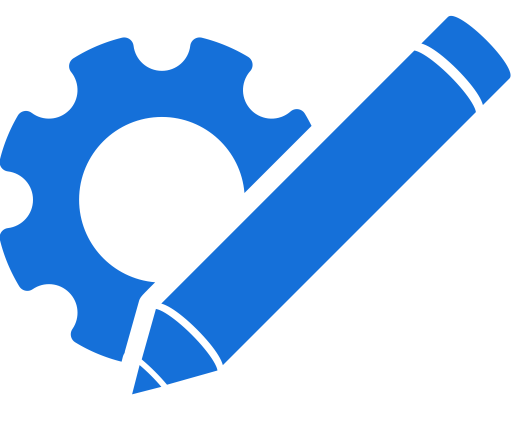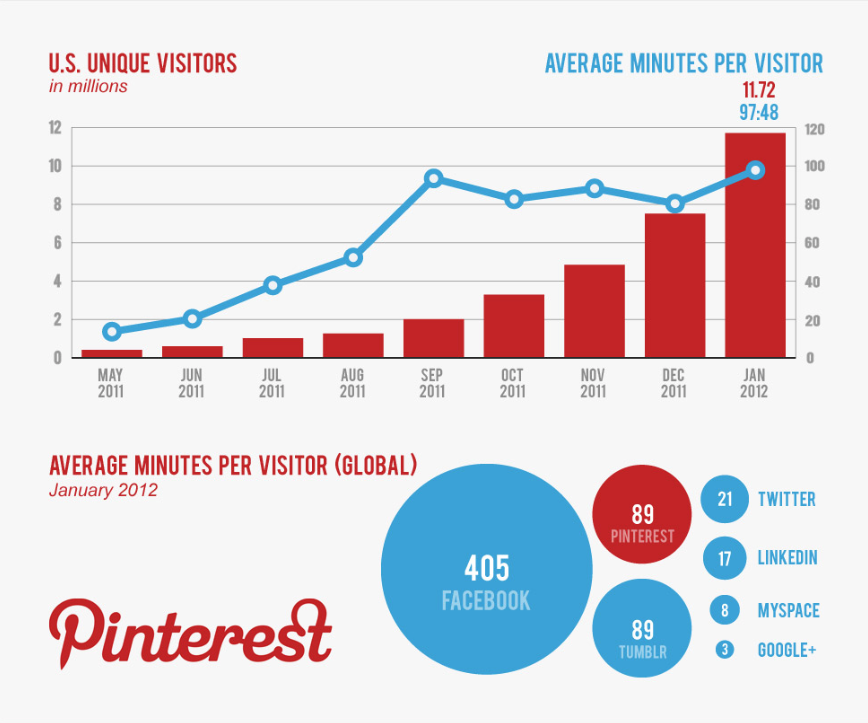Web Design Basics
Special to Hudson Valley Public Relations by Jalana Fuller, Intern Dutchess Community College
A well-developed website is not only aesthetically appealing, but is also a representation of one’s business. Small mistakes when creating a website can be unfavorable to business owners.

Good web design starts with three essential elements: Relevance, Connectedness, and Passion. In order for content in the website to be Relevant it must provide in-depth information that can be delivered in a search engine response. Connectedness refers to the understanding of people, places, and things and how they are all connected which in turn promotes link building. Passion is how you present the content that is being seen. In other words, individuals do not want to be bored by what they are seeing, everything on the page should sing and keep people browsing.
RELEVANCE. Web design starts with creating a site that is easy to navigate and user friendly. Individuals should be conscious of a few other aspects when developing a website:
- Web Address. This should consist of a URL and a domain name.
- URL’s should include the primary keyword. Use hyphens, not underscores as they connect words and thus become unrecognizable to search engines.
- The domain name should contain a keyword pertaining to the business being promoted. Choose relevancy over search volume when choosing a keyword, although average views will be less, there will be less competition making it easier to rank.
Optimization: The process of making your online content more attractive to search engines and users than all other relevant content. Content. Clear and simple. Content must be engaging, easy to grasp and read. Every web page or web post must communicate only One Key Benefit and be singular in purpose.

CONNECTEDNESS. It is important to understand what permalinks are and how they aide in optimizing your content. Permalinks are the permanent URLs to your individual weblog posts, as well as categories and other lists of weblog postings. A permalink is the link to your webpage or blog post as well as the link to your site. The URL link permanent, it never changes — hence permalink.
People search for words, not dates or volume number. That is why it is critical to format your permalinks under POST NAME. See the above illustration that identifies words not numbers.
Meta titles and the domain name should be relevant, it is what people will remember. Meta descriptions are HTML attributes that provide concise summaries of webpages. They commonly appear underneath the blue clickable links in a search engine results page (SERP).
- Meta Page Title. A minimum of 55 characters and a maximum of 60 characters. Be concise.
- H1 Heading. Include headings to make searching through your website well-organized and efficient
- Meta Description. Should include a supporting key words. Create unique meta descriptions for each page. Extremely important in gaining user click-through.
- Alt text Images. The keywords are coded into the images for optimization.
- Body Copy. 300 words or more making use of the primary keyword and synonyms of the keyword.
- Call to Action. Conversions and Leads. Engage with readers.
In order to ensure your site is readily found, conduct a keyword search for words or phrases related to your products or services. Identify keywords that are most relevant to your business. Assess how often keywords are searched and how their search volume changes over time. Narrow down your keyword list for the best keywords that are representative of your business.
Keyword Search
- What phrases do you think people will use?
- Track which key phrases people have used.
- Use Google’s Keyword Planner and/or check Wikipedia, UberSuggest, Google Trend, Google Search Suggest, SEM Rush or MergeWords to find primary and (1 – 7) supporting keywords.
- Landing Page MUST be optimized for targeted keyword.
Monitor
- Track Time on Site, Bounce Rate, and # of Visitors to assess what is driving traffic.
- How / Where are competitors getting their backlinks? Websites (Twitter, Facebook, Instagram etc.) that you have shared your content on, link back to your site. Social Bookmarking is a great way to get backlinks to your website.
- Track, Test, Adjust.
- Track Conversions.
PASSION. Do Not Use “ad speak” or mention the competition. Click bait is a type of engagement tactic that makes unsubstantiated bold claims or promises that are unrealistic. Graphics and imagery should support the content of the site.
Graphic Design Basics
- Communicate — don’t decorate.
- Speak with one visual voice. Be universal and consistent to brand.
- Break words for effect. Readability, legibility, aesthetics.
- Use two typeface families, maybe three. Headers, hierarchy, kerning and body copy.
- Line length (54 words or less).
- Text alignment.
- Pick colors on purpose. Complimentary, secondary and tertiary colors.
- If you can do it with less, then do it.
- Negative space is magical — create it, don’t just fill it up! Symmetry is the ultimate evil
- Treat the type as image, as though it’s just as important.
- Be decisive. Do it on purpose — or don’t do it at all (rule of third’s).
- Desktop publishing. Always use a grid.
- Rules are meant to be broken. Really?
Your site should be visually exciting with copy, links and graphic treatments that pull you in. Take note of the content on your website. It only takes a second for someone to question why they are on your page! Sign up for our Crash Course In Digital Marketing.
To learn more about web development and ways to optimize your content, give us a call at 845.202.7087 or visit our website at http://hudsonvalleymedia.com.
Source: Dragon, R. (2012). The DragonSearch Online Marketing Manual. McGraw-Hill.









